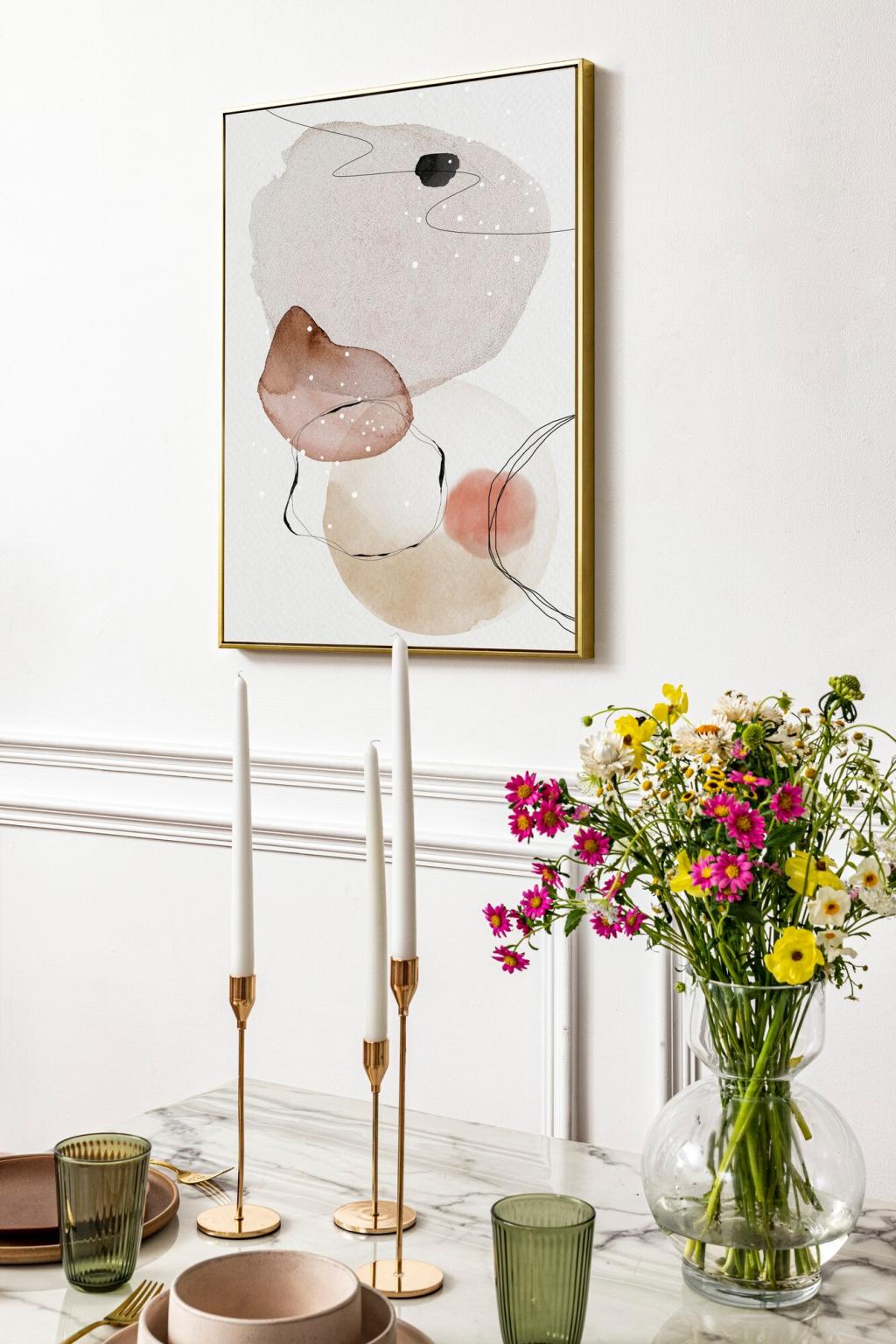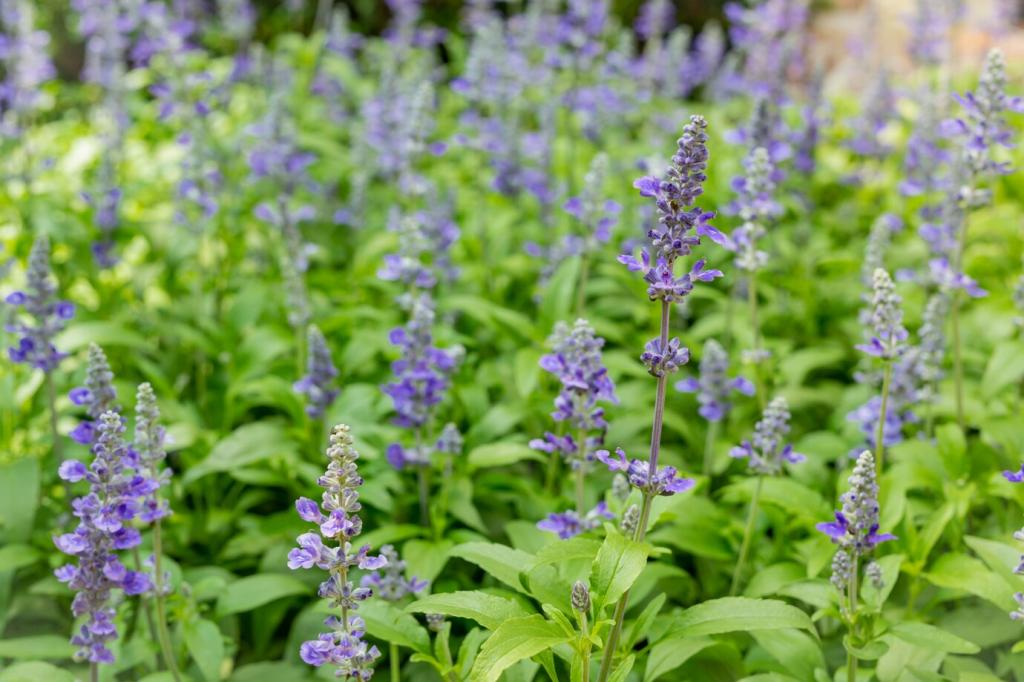Care That Fits in Minutes: A Gentle Routine
Once a week, spend two minutes noting soil dryness, leaf posture, and light shifts. You’ll catch issues early without micromanaging. If this routine feels doable, subscribe and we’ll email a gentle, seasonal checklist that stays delightfully short.
Care That Fits in Minutes: A Gentle Routine
Every couple of weeks, wipe leaves with a soft cloth to boost photosynthesis and keep shapes crisp. Pair the task with your favorite song for a calming ritual. Comment your go-to track, and we’ll craft a minimalist care playlist together.


